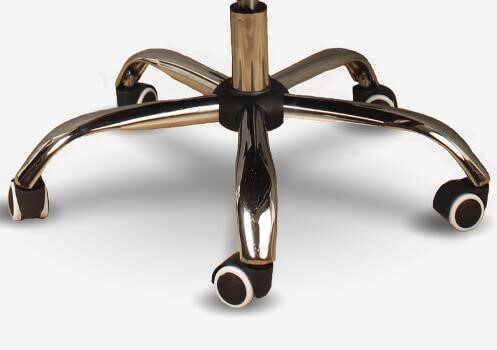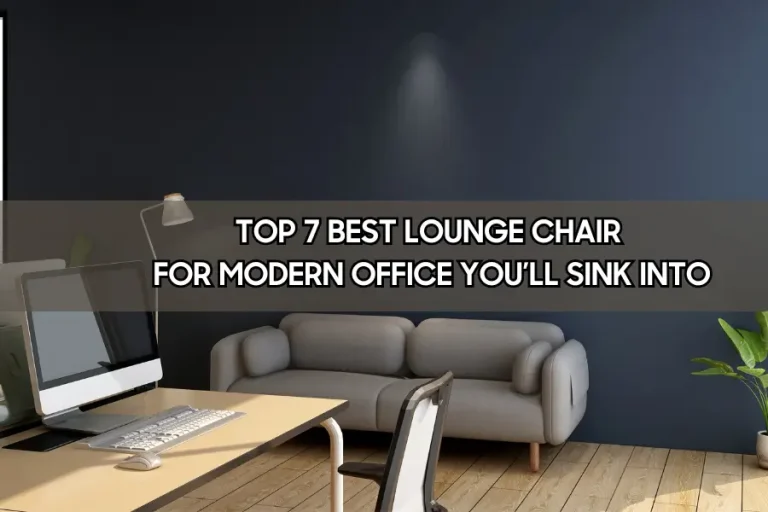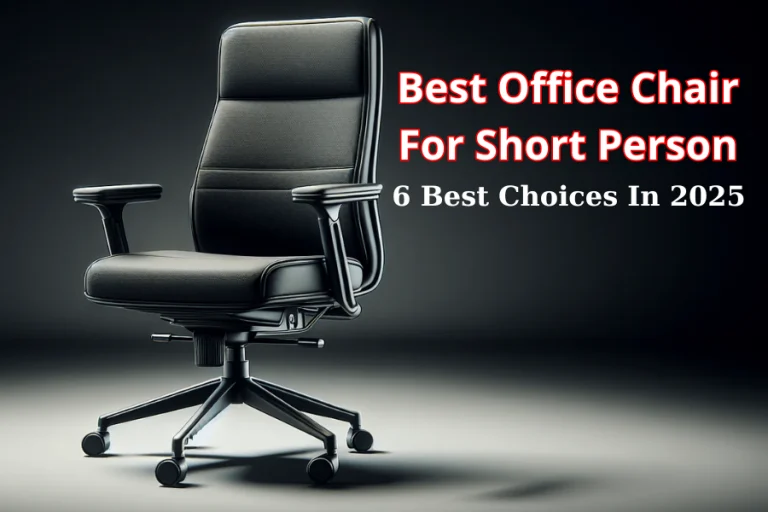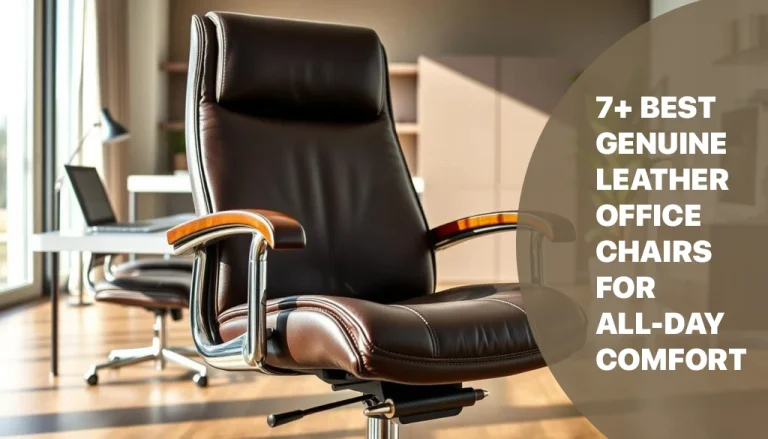No wonder people consider casters the greatest invention of an office chair. These moving parts provide more flexibility and comfort, so we can freely direct ourselves anywhere.
However, it will become the worst nightmare when they are not in good working order. At this point, we have no choice but to replace them to maintain the best satisfaction. The question is, how to remove casters from office chair at ease? Here are 6 simple steps for you to quickly get the job done.
When To Replace Your Casters From Office Chair?
Here are 5 signs you need to know to change the wheels of your chair:
Damaged wheels
This is undoubtedly the most straightforward way to tell if your casters are due to be replaced or not. Here is some helpful advice to help maintain their longevity:
- Overweighting your office chair regularly can reduce its lifespan and make it vulnerable.
- Be careful with different items that might hit the wheels, resulting in malfunctioning operations.

Corrosive casters housing
Any corrosion to the caster housing or other functioning parts will significantly threaten the user if that does not receive timely treatment. In this case, you will have to keep your eye closely on the state of the casters.
Deformed wheel
A new replacement for the casters is necessary if the wheel is broken or deformed. This issue often occurs when the casters have been under massive pressure for a long. As a result, the wheels will get deformed and affect their maximum capacity.
Annoying noise
If your casters constantly make annoying noises whenever they move, it is time to replace a new one. This issue frequently has multiple root causes, such as outdated wheels, failed ball bearings, or improper rotations.
Hard to control
It would be another transparent clue that your casters need replacing immediately if they become difficult to push over. However, it is much wiser if you try to lubricate them before investing money to buy a new one. Applying grease will sometimes bring it back to its proper function.
Read more: How To Get Hair Out Of Office Chair Wheels
How To Remove Casters From Office Chair?
Place the office chair on its side or backward on a flat surface. When removing threaded casters, turn them counterclockwise until they become loose. When removing grip stem casters from the socket, lubricate the junction where the casters meet the frame.
Follow the steps below to get more instructions:
Step 1: Flip the chair over
Flip the chair on its back. The wheels should be directed at your face. This will ultimately make it easier for you to approach the casters at the bottom. Call for assistance if you cannot flip the chair over yourself.
Step 2: Twist the threaded casters clockwise
Twist the threaded casters in the clockwise direction to remove it. Remember to use a decent force to pull it out entirely. However, in some cases, you might twist in the wrong direction.
To avoid this, pay attention to the way the casters move. If it moves in the same direction you are twisting, keep doing that, and it will come out within a few seconds.
Step 3: Detach the grip stem casters
Detach the grip stem wheel by greasing and tugging it. Use a small amount of lubricating oil on the joint connecting the casters and the chair. Hold the wheel with one hand and the other on the leg firmly, then provide it a pull.
Step 4: Use a screwdriver and a pry bar
If the casters show no sign of budging, try to use a pry bar and a screwdriver to get the job done. Sometimes, you can’t take it out with your bare hands.
You should employ the largest flat head (13mm), and a pry bar boasting a slot for pulling nails at the end.
The nail-pulling groove on the pry bar must be wide enough to accommodate the caster’s stem, typically a little more than half an inch (13 mm) in diameter.
Read more: How To Remove Office Chair Cylinder
Step 5: Push the screwdriver’s head
Cast a decent force to push the screwdriver’s head where the wheel connects to the chair, then twist it.
Place the screwdriver in the space between the chair frame and the wheel. Gradually rotate the screwdriver until the casters rise and disengage from the chair’s base.
In case the casters are stuck, you should twist them by hand. This will lend you more flexibility to take the wheel out.
Step 6: Remove the Wheels
Place the nail-pulling slot of the pry bar with the stem of the wheel and extract it. Place that slot right at the gap between the chair and its wheel. Apply force to the caster to remove it from its current position.
You can ask for assistance from another person to pull the chair from an opposing direction. In this way, the job would be much easier.
Conclusion
Next time you encounter the same situation, we believe you already know how to remove casters from office chair? Generally, this is a relatively easy task. It only takes a little time and meticulousness to handle the problem.
FAQ





